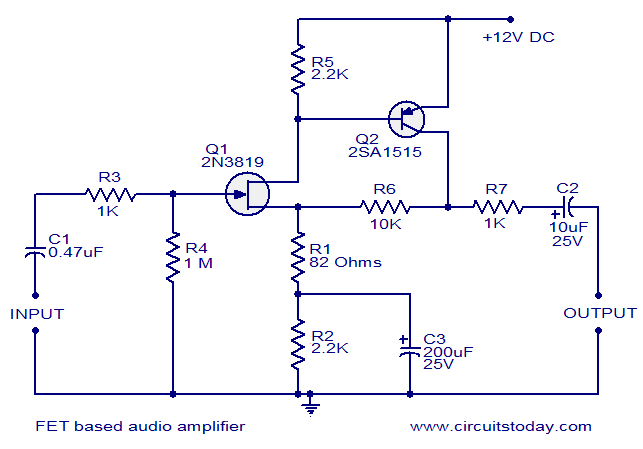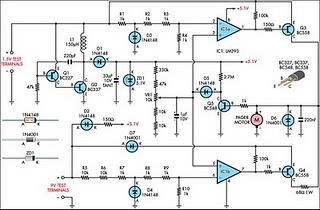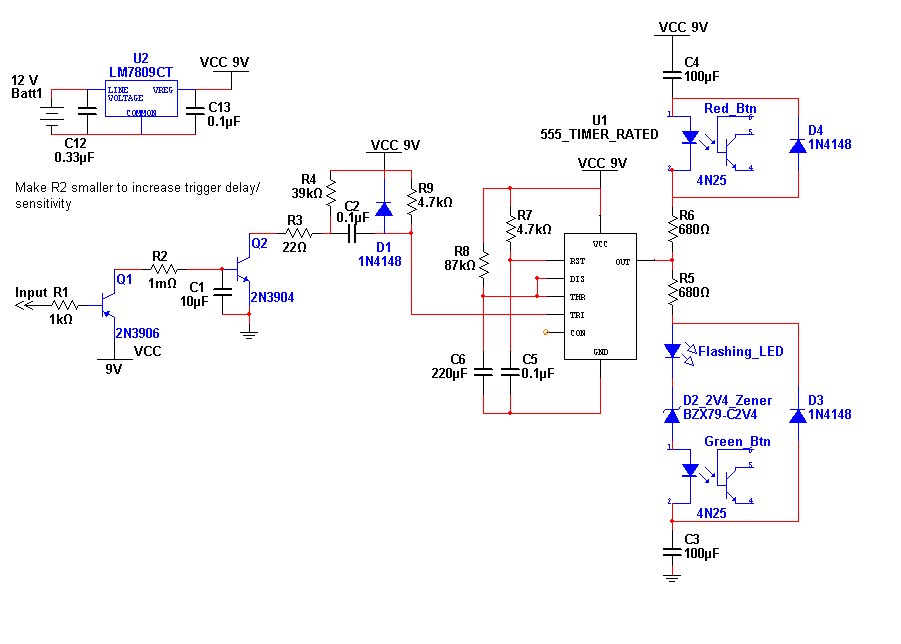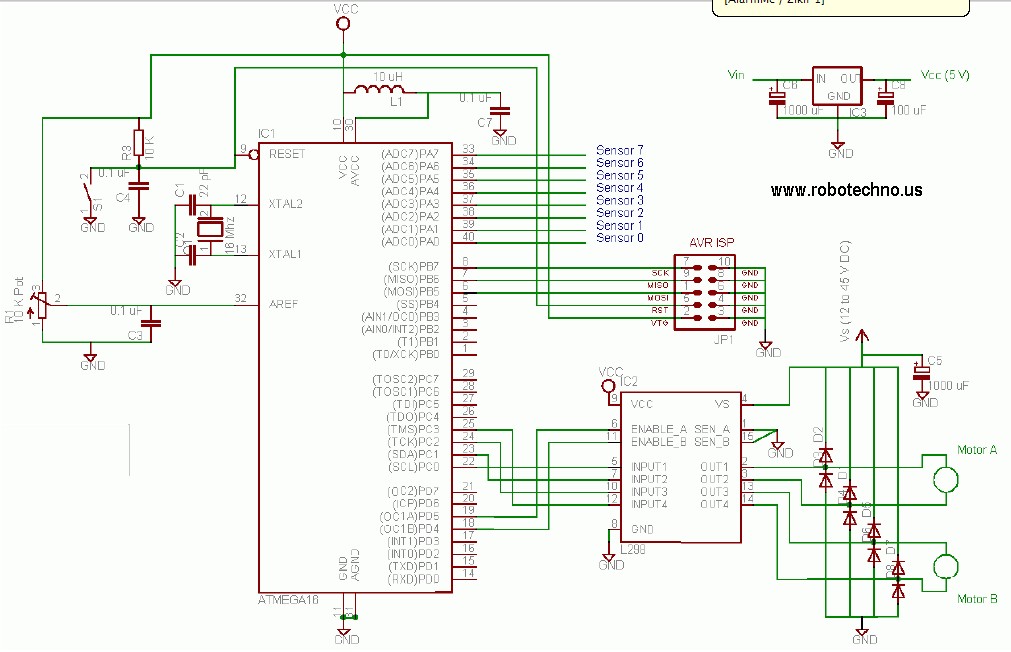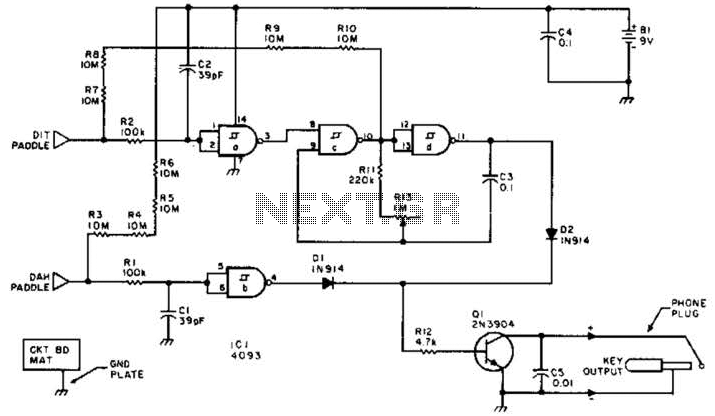
The electronic blood manometer based on MSP430F449 is designed
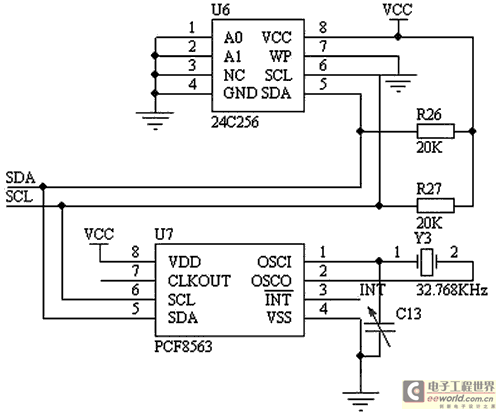
The sphygmomanometer can be categorized into two main types: the mercury sphygmomanometer and the electronic sphygmomanometer. The mercury sphygmomanometer is known for its accuracy, but it requires professional operation and is prone to observational errors due to subjectivity. Additionally, it is not very portable. In contrast, the electronic sphygmomanometer is user-friendly, allowing for single-person operation, easy recording of measurements, and is lightweight and portable. The electronic sphygmomanometer has gained popularity among households due to its numerous advantages. This text introduces the Model BP01, which utilizes the MSP430F449 microcontroller as its core. It is complemented by a signal processing circuit, LCD display, and voice prompts, integrating the pressure sensor with the microcontroller to create a home electronic blood pressure monitor. Blood pressure is defined as the pressure exerted by circulating blood on the vessel walls. Blood is propelled by the heart, which continuously contracts and relaxes to circulate blood throughout the body. There are two types of blood pressure: systolic pressure, which measures the pressure in the arteries when the heart beats, and diastolic pressure, which measures the pressure when the heart is at rest. When the cuff pressure equals the blood pressure, blood flow resumes, producing a sound known as the Korotkoff sound, which indicates systolic pressure. The diastolic pressure is recorded when the sound disappears. The system block diagram consists of a constant-current source, pressure sensor, amplification circuit, bandpass filter, dual-shot enlargement, blood pressure and pulse triggering, LCD and driver, keyboard, speech circuit, and microcontroller. The microcontroller controls the air pump's inflation and deflation through PWM output to adjust the cuff pressure. It samples the DC component of the cuff pressure to determine systolic and diastolic pressures. The alternating component is also sampled to calculate these pressures, which are then displayed on the LCD and announced through voice prompts. The management circuit primarily comprises the MSP430F449 chip, JTAG interface for downloading and debugging routines, and a PWM output circuit for controlling the air pump. During measurement, the cuff is inflated to 200 mmHg and then deflated at a rate of approximately 5 mmHg per second to facilitate automatic blood pressure measurement. As urban lifestyles evolve and the aging population increases, the demand for home medical electronic devices, including electronic blood pressure monitors, is on the rise.
The electronic sphygmomanometer, specifically the Model BP01, leverages advanced technology to provide accurate and efficient blood pressure measurements. The core of the device, the MSP430F449 microcontroller, is responsible for all processing tasks, including controlling the air pump, processing sensor data, and managing user interactions through the LCD and voice prompts. The pressure sensor detects the pressure within the cuff, which is crucial for determining both systolic and diastolic blood pressures.
When the measurement begins, the microcontroller activates the air pump to inflate the cuff to a predetermined pressure, typically around 200 mmHg, which is higher than expected systolic pressures. Following this, the microcontroller gradually releases air from the cuff, allowing the pressure to decrease at a controlled rate. This controlled deflation is critical as it enables the precise detection of the Korotkoff sounds, which are used to identify the systolic and diastolic pressures.
The signal processing circuit amplifies and filters the signals from the pressure sensor to enhance the accuracy of the measurements. The bandpass filter ensures that only relevant frequencies are analyzed, eliminating noise and improving the reliability of the readings. The microcontroller utilizes ADC (Analog-to-Digital Converter) channels to sample both the DC and AC components of the pressure signal. The DC component corresponds to the static pressure in the cuff, while the AC component relates to the pulsatile blood flow through the arteries.
The LCD display provides a user-friendly interface for displaying the measured blood pressure values, while the voice prompt feature ensures that users are informed of their results audibly, making the device accessible to individuals with visual impairments. The integration of these components within the electronic sphygmomanometer not only enhances its functionality but also contributes to its portability and ease of use, making it an essential tool for home health monitoring.The sphygmomanometer can roughly be divided into two kinds at present: First, mercury sphygmomanometer, steady for number value advantage its, shortcoming its operate by oneself for unable one, must be professional the medical personnel operates, and the naked eye observational error is maximal, subjectivity is strong, the volume is not very much more portable. Second, electronic formula sphygmomanometer , its advantage is: It is simple and easy to use, but a person operates alone; The measured value is easy to record, the volume is light and handy and portable. The electronic formula sphygmomanometer has possessed a great deal of advantages, is well received by ordinary family more and more.
This text introduction regards MSP430F449 as and controls the core, complement it by the simulation signal processing circuit and LCD revealing, voice prompt between pressure capsule and MCU of the Model BP01, realize the design of the home electronic blood manometer. The concept of blood pressure is the pressure when the blood flows through the vessel wall. The blood coming out by the heart, need thrust, could make a detour in a circle of body, the heart is through incessant shrink, relaxing, advance the send out of blood.
There are two kinds of blood pressure, first, systolic pressure: It is will systaltic to get to blood blood pressure blood vessel measure to be, another the diastolic pressure: It is a heart at the pressure that nonshrink measures. When the pressure of the cuff is equal to blood pressure, the blood be able to circulate and produce the so-called cuff sound while beginning, shown as systolic pressure at this time, has recorded since this moment, the time until the final cuff sound disappears, record this point to get the diastolic pressure.
The system block diagram is shown as in Fig. 1. The system is from constant-current source, pressure capsule, amplifying circuit, bandpass filtering, enlarge while being two-shot, the intersection of blood pressure and pulse triggering, the intersection of liquid crystal and driver, the intersection of keyboard and speech circuit and one-chip computer make up. The one-chip computer cardinal principle is: The inflatable air leak of air pump of PWM output control adjusts the in-band atmospheric pressure of the sleeve; ADC of No.
one samples the DC component of the in-band atmospheric pressure of the sleeve in order to make systolic pressure and diastolic pressure; ADC of No. one samples the alternating component of the in-band atmospheric pressure of the sleeve and positions systolic pressure and transient time of the diastolic pressure after analyzing that is calculated; Receive the pulse signal of blood pressure and touch off ADC work; Systolic pressure and diastolic pressure result that will be calculated are outputted and shown and carried on the voice prompt of the number value to LCD.
This systematic top management circuit is shown as in Fig. 2, mainly by MSP430F449 chip, JTAG interface circuit, clock make up. Among them JTAG is used for downloading and checkout routine, PWM wave output circuit used for controlling the air pump. When measuring blood pressure, inflate to 200mmHg high first, and then degas by the speed of nearly dropping 5mmHg per second slowly.
Realize blood pressure of automatic measurement. With life lateral constant improvement and improvement of senilization proportion of city, the family of the medical treatment electronic equipment has become the trend gradually. Among them the home electronic blood manometer is one of the medical checkout equipments of typical family.
The sphygmomanometer can roughly be divided in 🔗 External reference
The electronic sphygmomanometer, specifically the Model BP01, leverages advanced technology to provide accurate and efficient blood pressure measurements. The core of the device, the MSP430F449 microcontroller, is responsible for all processing tasks, including controlling the air pump, processing sensor data, and managing user interactions through the LCD and voice prompts. The pressure sensor detects the pressure within the cuff, which is crucial for determining both systolic and diastolic blood pressures.
When the measurement begins, the microcontroller activates the air pump to inflate the cuff to a predetermined pressure, typically around 200 mmHg, which is higher than expected systolic pressures. Following this, the microcontroller gradually releases air from the cuff, allowing the pressure to decrease at a controlled rate. This controlled deflation is critical as it enables the precise detection of the Korotkoff sounds, which are used to identify the systolic and diastolic pressures.
The signal processing circuit amplifies and filters the signals from the pressure sensor to enhance the accuracy of the measurements. The bandpass filter ensures that only relevant frequencies are analyzed, eliminating noise and improving the reliability of the readings. The microcontroller utilizes ADC (Analog-to-Digital Converter) channels to sample both the DC and AC components of the pressure signal. The DC component corresponds to the static pressure in the cuff, while the AC component relates to the pulsatile blood flow through the arteries.
The LCD display provides a user-friendly interface for displaying the measured blood pressure values, while the voice prompt feature ensures that users are informed of their results audibly, making the device accessible to individuals with visual impairments. The integration of these components within the electronic sphygmomanometer not only enhances its functionality but also contributes to its portability and ease of use, making it an essential tool for home health monitoring.The sphygmomanometer can roughly be divided into two kinds at present: First, mercury sphygmomanometer, steady for number value advantage its, shortcoming its operate by oneself for unable one, must be professional the medical personnel operates, and the naked eye observational error is maximal, subjectivity is strong, the volume is not very much more portable. Second, electronic formula sphygmomanometer , its advantage is: It is simple and easy to use, but a person operates alone; The measured value is easy to record, the volume is light and handy and portable. The electronic formula sphygmomanometer has possessed a great deal of advantages, is well received by ordinary family more and more.
This text introduction regards MSP430F449 as and controls the core, complement it by the simulation signal processing circuit and LCD revealing, voice prompt between pressure capsule and MCU of the Model BP01, realize the design of the home electronic blood manometer. The concept of blood pressure is the pressure when the blood flows through the vessel wall. The blood coming out by the heart, need thrust, could make a detour in a circle of body, the heart is through incessant shrink, relaxing, advance the send out of blood.
There are two kinds of blood pressure, first, systolic pressure: It is will systaltic to get to blood blood pressure blood vessel measure to be, another the diastolic pressure: It is a heart at the pressure that nonshrink measures. When the pressure of the cuff is equal to blood pressure, the blood be able to circulate and produce the so-called cuff sound while beginning, shown as systolic pressure at this time, has recorded since this moment, the time until the final cuff sound disappears, record this point to get the diastolic pressure.
The system block diagram is shown as in Fig. 1. The system is from constant-current source, pressure capsule, amplifying circuit, bandpass filtering, enlarge while being two-shot, the intersection of blood pressure and pulse triggering, the intersection of liquid crystal and driver, the intersection of keyboard and speech circuit and one-chip computer make up. The one-chip computer cardinal principle is: The inflatable air leak of air pump of PWM output control adjusts the in-band atmospheric pressure of the sleeve; ADC of No.
one samples the DC component of the in-band atmospheric pressure of the sleeve in order to make systolic pressure and diastolic pressure; ADC of No. one samples the alternating component of the in-band atmospheric pressure of the sleeve and positions systolic pressure and transient time of the diastolic pressure after analyzing that is calculated; Receive the pulse signal of blood pressure and touch off ADC work; Systolic pressure and diastolic pressure result that will be calculated are outputted and shown and carried on the voice prompt of the number value to LCD.
This systematic top management circuit is shown as in Fig. 2, mainly by MSP430F449 chip, JTAG interface circuit, clock make up. Among them JTAG is used for downloading and checkout routine, PWM wave output circuit used for controlling the air pump. When measuring blood pressure, inflate to 200mmHg high first, and then degas by the speed of nearly dropping 5mmHg per second slowly.
Realize blood pressure of automatic measurement. With life lateral constant improvement and improvement of senilization proportion of city, the family of the medical treatment electronic equipment has become the trend gradually. Among them the home electronic blood manometer is one of the medical checkout equipments of typical family.
The sphygmomanometer can roughly be divided in 🔗 External reference
